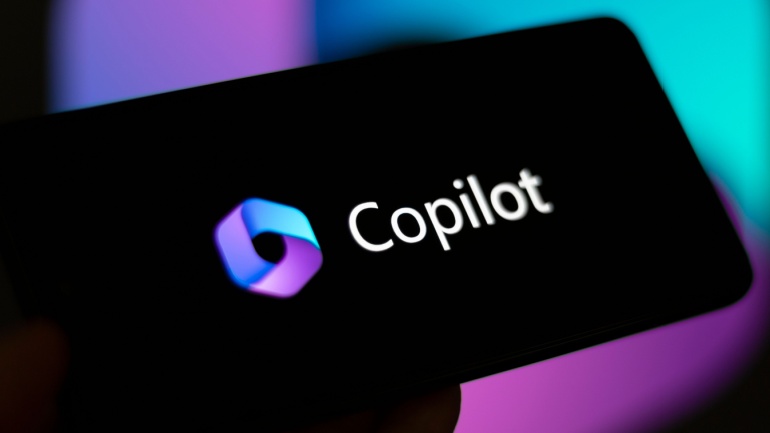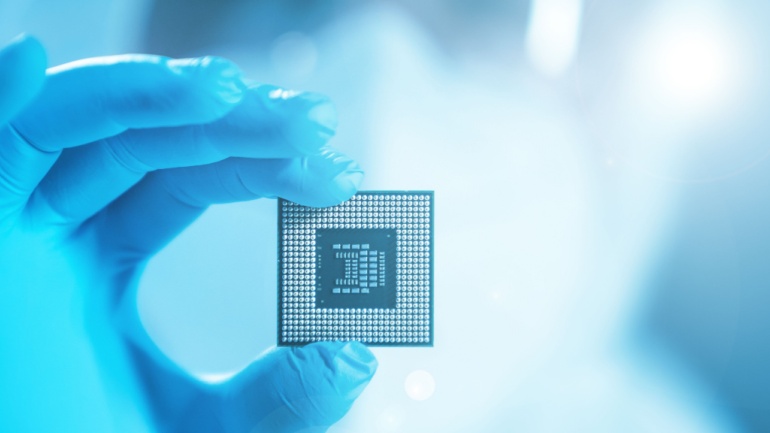Greenerwave, a French deep-tech company specializing in electromagnetic wave control, along with its partners in the 6G Non-Terrestrial Networks (6G-NTN) project, has released a white paper titled “Vision on Non-Terrestrial Networks in 6G Systems (or IMT-2030).” This document outlines the future of connectivity within the 6G ecosystem, highlighting the anticipated development of a new generation of wireless communication technologies expected to begin deployment around 2030.
Microsoft made waves in the tech world this week with the launch of their new line of Copilot+ PCs, aimed at enhancing productivity through AI integration. Among the various features boasted by these innovative devices, one in particular, known as Recall, is drawing attention for its potential privacy implications.
The UK’s telecommunications regulator, Ofcom, is advancing plans to facilitate shared access to the highly sought-after upper 6 GHz band, proposing two primary frameworks to balance the needs of both mobile and Wi-Fi providers. The first proposed approach, known as variable spectrum split, would allow both mobile and Wi-Fi services to use portions of the spectrum not occupied by the other.
The US government has taken a significant step by revoking specific licenses that allow American chip manufacturers to export goods to Huawei, the Chinese tech giant. This action will notably reduce the sales of major chip producers like Intel and Qualcomm to China.
In a recent unveiling, Qualcomm announced the introduction of the Snapdragon 8s Gen 3 chipset, poised to revolutionize a range of smartphones from brands such as Honor, iQOO, realme, Redmi, and Xiaomi in the upcoming months. This cutting-edge chip is designed to democratize premium features for a broader audience, previously exclusive to high-end models, by incorporating select advanced capabilities directly from its flagship Snapdragon 8 Gen 3 series.
Nokia unveiled specialized, private AI models for the telecom sector to improve network operations and customer service. A coalition of 10 governments agreed on principles for secure 6G networks. IBM and the GSMA have launched a global AI training initiative to bridge the AI knowledge gap among telecom operators. Qualcomm’s Snapdragon X80 modem chip introduces 5G-Advanced support with up to 10 Gbps speeds and six-carrier aggregation.
BT, Ericsson, and Qualcomm demonstrated successful 5G network slicing trials for diverse applications, proving its potential to improve service quality in the 5G SA era. Disney invests $1.5 billion in Epic Games to blend its iconic franchises with Fortnite. D&H Distributing launches the Go Big AI Program to help partners use AI technologies. IPFone acquires VoIP company Joon to expand its cloud communication services and enhance offerings through synergistic technologies.
In a significant stride towards making its 5G network more robust for future technologies, Finland’s Elisa has successfully tested a new uplink carrier aggregation technology. This test, a collaboration with telecom giants Ericsson and Qualcomm, marks a leap in preparing for the demands of the metaverse and other advanced applications.
Iridium, taking the telecommunications industry by storm, aims to connect satellites directly to devices such as smartphones and automobiles through their Low-Earth Orbit (LEO) satellite infrastructure tightly woven on 5G. The key feature here is connecting ordinary smartphones straight to satellite connectivity.
In a groundbreaking move, T-Mobile, known as the Un-carrier, has achieved a significant milestone by completing the world’s first six-carrier aggregation call using sub-6 GHz spectrum on its operational 5G network. Collaborating with industry leaders Ericsson and Qualcomm Technologies, Inc., T-Mobile reported astonishing speeds exceeding 3.6 Gbps during the test, showcasing its commitment to pushing the boundaries of wireless technology.













